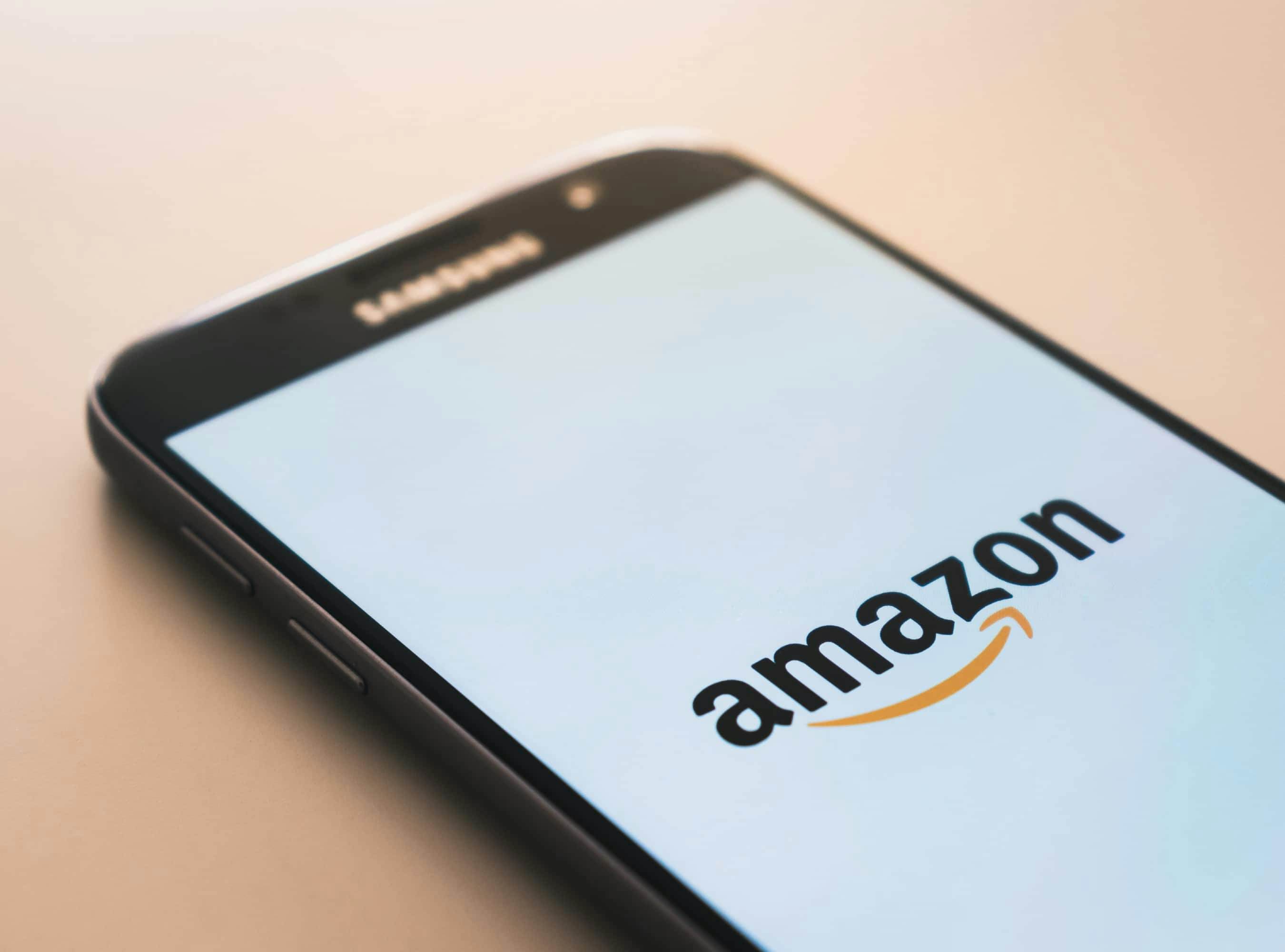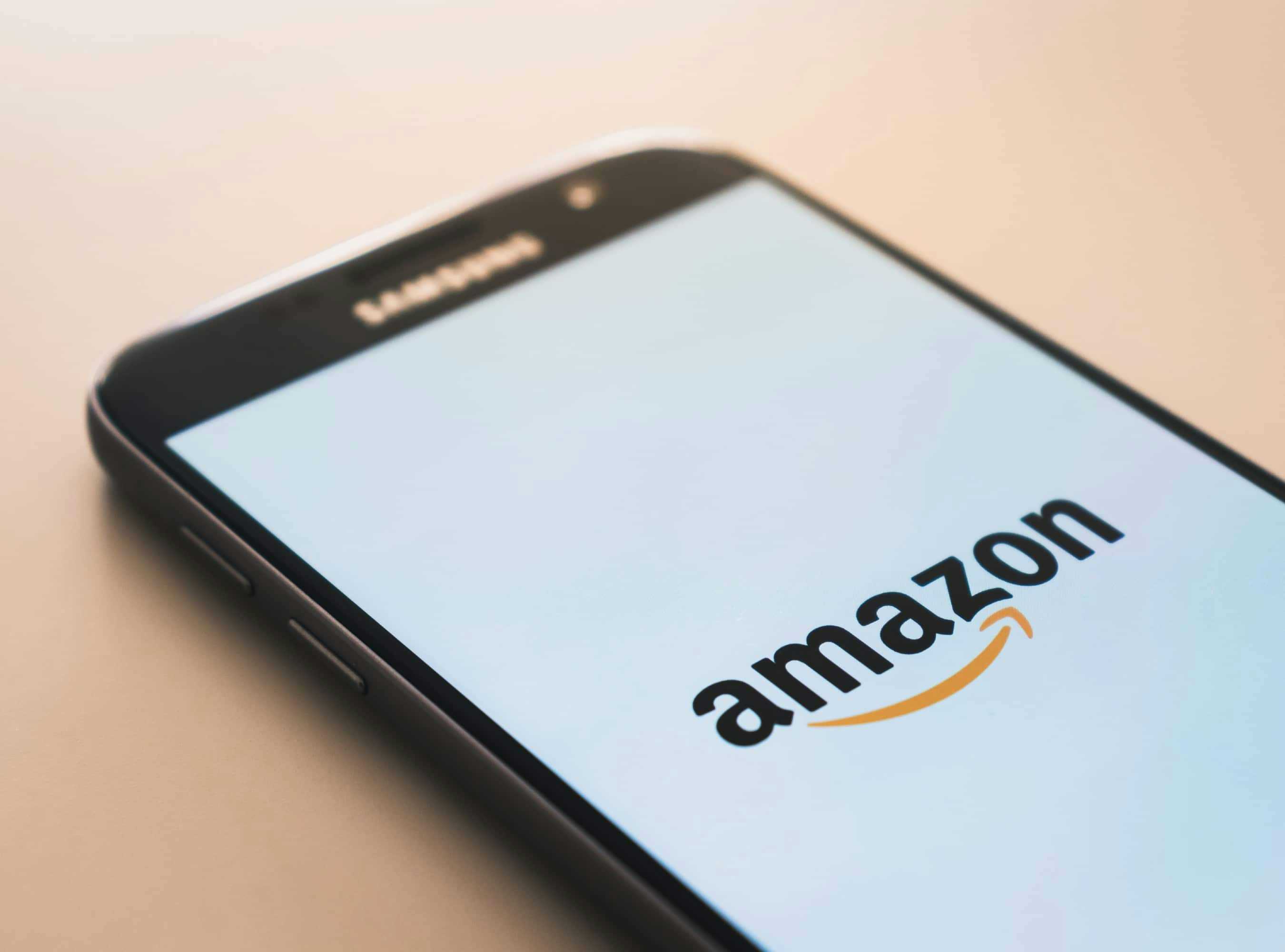Amazon has attracted intense scrutiny for its lackadaisical operations amid the COVID-19 crisis, particularly from its own workforce. As the coronavirus began to take hold of the U.S. in March, Amazon warehouse workers were the first to begin ringing safety alarm bells—overcrowded distribution centers, lack of protective gear, and calls for walkouts litter news headlines. In a Staten Island fulfillment center, rumors swirled over COVID-19 cases within the 5,000-person warehouse, yet there was no official response from Amazon or distribution of PPE. And now it appears that those employees who speak out against the company’s poor safety conditions face prompt termination.
No doubt, the e-commerce leader is facing unprecedented business disruptions due to the scale of the pandemic. But the crisis has shed light on the company’s supply chain contingency holes, potentially leaving room for an abundance of legal action.
Starting on the Ground
On March 30, 2020, Amazon worker, Chris Smalls, staged an employee walkout, calling for paid leave and shuttering the warehouse for deep cleaning. Smalls was fired later that same day. According to Amazon, Smalls violated a two-week quarantine by returning to work after coming in contact with an infected coworker. But Smalls says his termination was direct retaliation for speaking out to raise awareness about Amazon’s poor working conditions.
In an interview, Smalls explained the quarantine protocol Amazon referenced hadn’t even been introduced yet in March. Smalls also expressed his intent to take legal steps against Amazon and continue his fight for workers’ rights.
Smalls’ termination catalyzed a litany of backlash against Amazon—backlash that was only intensified by a leaked memo from an executive meeting outlining a PR strategy for responding to the protest. In this meeting, the company’s General Counsel, David Zapolsky, described Smalls as “not smart, or articulate.” Athena, a coalition of social justice groups, and the New York Attorney General have since signaled their support for Smalls and his case against Amazon.
Amazon’s Response
Amazon’s stance throughout the pandemic has been to soldier on—especially as orders have sky-rocketed in the first three months of 2020. As the virus ripped through Spain and Italy before reaching North America, fulfillment centers remained open, despite confirmed cases and threats of a strike. Amazon’s domestic strategy has only been altered slightly—and only due to government intervention and heightened media attention.
Beyond their closed-door planning, Amazon has introduced a number of preventative measures into their warehouse operations. This includes social distancing guidelines, temperature checks at the door, and two weeks of paid sick leave to quarantine.
A Culture of Silence
The first confirmed employee COVID-19 case was reported within an Amazon warehouse in Queens, NY, on March 18, 2020. From there, the infections spread far and wide and now at least 70 Amazon facilities across the country have reported coronavirus cases. At the same time, Amazon continues to hire additional workers—with goals of 175,000 new hires to support fulfillment demands. But when it comes to concerns of safety and sanitation, the e-commerce giant has made it a point to quickly silence its loudest critics.
In early April, Amazon fired Bashir Mohamed from his job at a Minnesota warehouse. Mohamed, who had worked there for three years, was involved in labor organizing and advocating for more stringent cleaning and worker protections.
Just days later on April 14, 2020 Amazon fired two corporate employees based in Seattle. Emily Cunningham and Maren Costa, both user experience designers, were let go after airing criticisms of warehouse operations on Twitter and offering to match donations in support of workers. Cunningham and Costa have been vocal critics of Amazon’s climate policies in the past.
Another corporate employee, Chris Hayes, was asked to not return to work through his two week notice period after resigning in early April. Hayes had also been involved in organizing a virtual meet up to discuss the company’s treatment of warehouse employees. Amazon claims all employees violated internal policies, leading to dismissal.
A Grim Q3
In the face of COVID-19, Amazon has stuck to its position as an essential business. But this has not come without extraordinary consequences. On April 14, 2020, Amazon confirmed the first death of an employee from coronavirus. The employee was an operations manager based in a Hawthorne, California warehouse.
In France, a court halted the country’s six Amazon fulfillment center operations on April 15 through at least April 20, 2020. The court ordered an investigation into the infection risks within the warehouses and banned Amazon from shipping anything other than essential items or face fines. The full pause on operations will no doubt create a strain for those people who rely on delivered goods. Should a similar court order happen in the U.S., it would be disastrous for consumers, given Amazon’s much larger foothold within the American economy.
Legal Liabilities to Come
As first piqued by Chris Smalls’ demonstration, Amazon is putting itself in a vulnerable spot for employment litigation. The company’s slow response to CDC and OSHA guidelines is a clear lapse in maintaining a hazard-free workplace. But more alarming is the company’s blatant ousting of vocal critics.
Amazon has tried to pin these terminations on violations of company policy, but per retaliatory protections for employees, there is likely a case to be made for wrongful termination. Much like their retail competitor, Walmart, Amazon could also face wrongful death suits for its part in spreading infection to employees.
Expert Witnesses For Employment Lawsuits
OSHA experts and workplace safety experts will certainly be called upon to consult on the hazards to Amazon’s warehouse workers. Human resources experts will also be critical to opine on the retaliatory nature of several employees’ terminations.
Speak with an Osha expert witness
speak with a human resources expert witness
In addition to its legal vulnerabilities, Amazon is being thrust to the forefront of the essential business argument. CEO Jeff Bezos called the current climate, “a moment in time when the work we’re doing is its most critical.” But ethical questions abound on just how much is expected of Amazon’s warehouse workers who have been deemed essential in a time of crisis.
Amazon often appears unshakeable as a $1 trillion company. But the current health crisis is creating a whole new set of curveballs aimed at the retail business. Unsafe working conditions, retaliatory terminations, and lapses in preventative measures make Amazon a clear target for employment suits. As the country works through this COVID-19 era, there’s undoubtedly a wave of litigation waiting to be thrust Amazon’s way.




